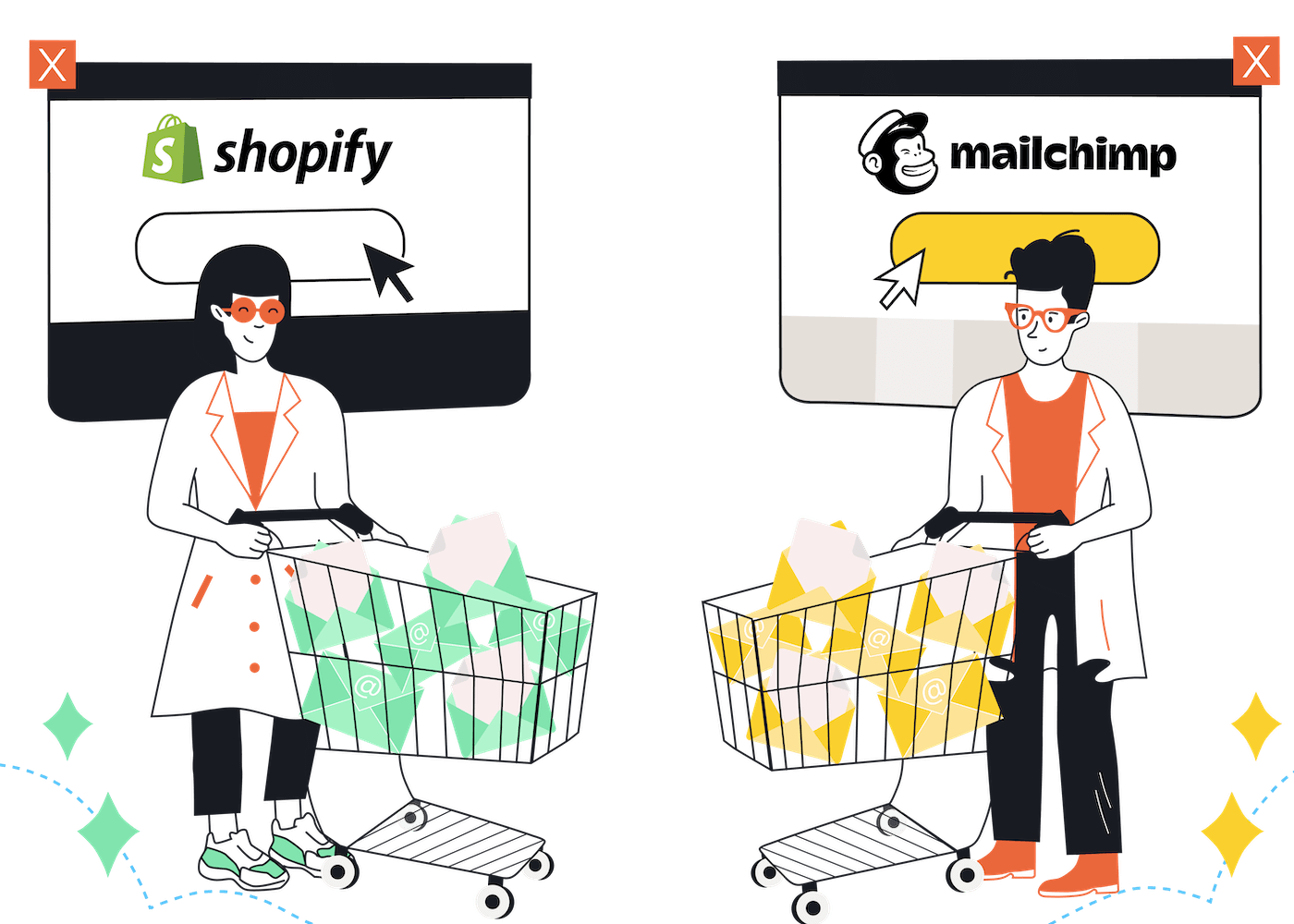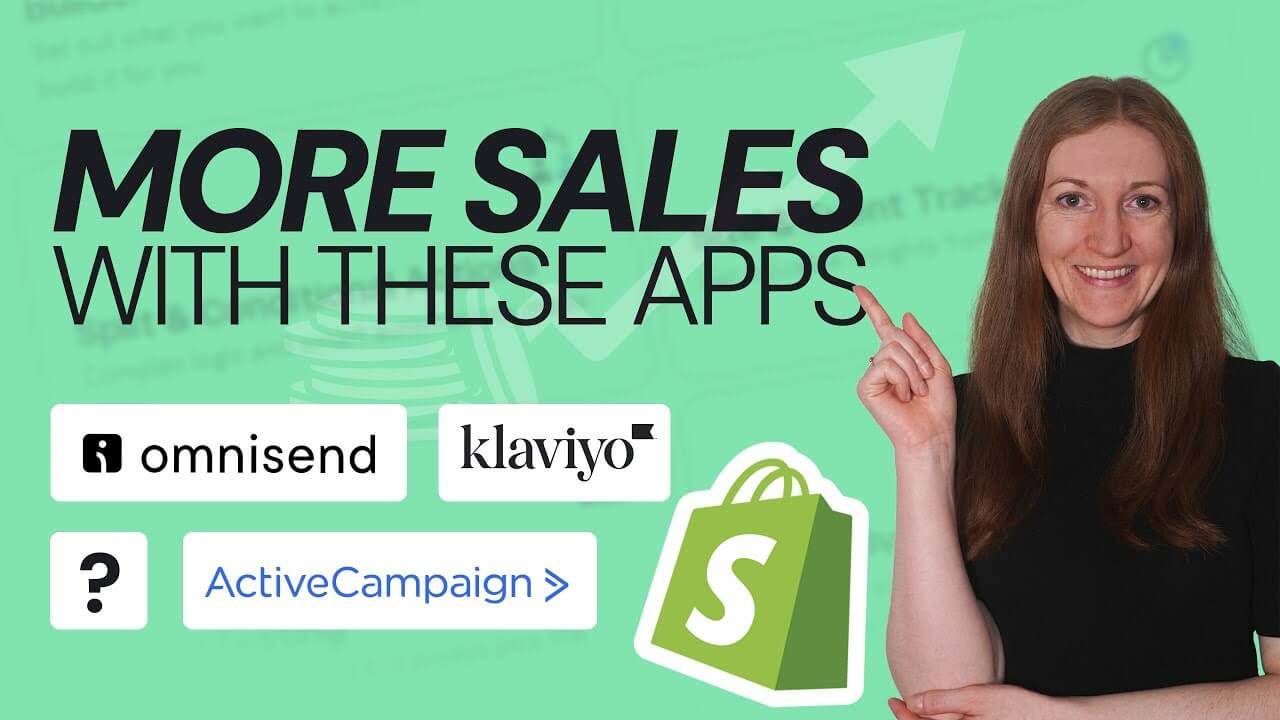EmailTooltester is supported by readers like yourself. We may earn a commission when you purchase through our links. Of course, this won't increase the cost for you.
When I launched my Shopify store back in 2016, Shopify Email didn’t even exist. Back then, ecommerce store owners had to look for other email service providers (ESPs) for their marketing needs. Choices were limited.
Fast forward to today, and the email marketing landscape has completely changed. In 2019, Shopify Email joined the ranks of established ESPs like Mailchimp, which has been around since 2001.
So does Mailchimp's nearly two-decade head start make it the better option?
In my opinion, both tools are valuable for different reasons and the decision will likely depend on these main factors:
- The size of your mailing list and how many emails you send per month
- Your email marketing automation needs
- What features you need beyond email marketing (SMS, social media marketing, etc.)
As for me, I’ve built several Mailchimp campaigns, and even invested in a paid plan for my ecommerce store. But ultimately, I’ve gone back to Shopify Email because it’s more cost-effective for my list size. However, your ecommerce email marketing needs might be different.
Let’s take a look at which tool is best suited for different types of users.
Shopify Email vs Mailchimp: Pros & Cons
Shopify Email
Pros:
- Branded email templates seamlessly integrated
- Good selection of email campaign and automation templates
- Up to 10,000 sends per month included with your Shopify plan
Cons:
- Building segments is cumbersome
- Advanced tools may require a paid app
- No built-in A/B testing
Mailchimp
Pros:
- Automation capabilities are more sophisticated than Shopify Email
- Email builder includes video, surveys, customer reviews, and dynamic product recommendations
- Good selection of advanced features on the Standard Plan
Cons:
- Very limited free plan; only 7 basic email templates and no automation
- Transactional and abandoned cart emails are counted towards send limit
- Subscribers appearing on multiple audience lists are double-counted, leading to higher charges
Mailchimp isn't the only email app for Shopify. Find out which are the top email apps for Shopify in this video:
Email Builders & Templates
In terms of building a beautiful email campaign, you can’t go wrong with either platform. Both Shopify Email and Mailchimp have modern drag-and-drop email editors which use pre-built content blocks. Mailchimp offers a few content blocks that Shopify doesn’t – including video, surveys, and product reviews.
Adding your Shopify products to emails is quick and easy with both Mailchimp and Shopify Email. Because Mailchimp now integrates with Shopify, you’ll find all your products (including photos and pricing) right there in the Mailchimp email builder.
I also love Mailchimp’s product recommendation feature. You can design a dynamic content block that displays personalized product recommendations to different recipients based on:
- What a recipient has in their cart
- Products a recipient has recently viewed
- Best sellers, and more!
In Shopify Email, abandoned cart emails are personalized, but dynamic product recommendations in a campaign require an app.
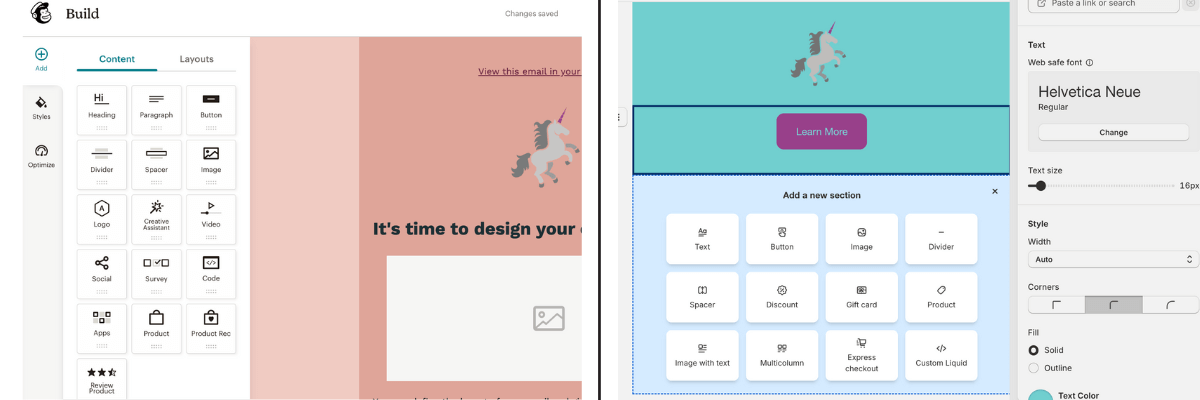
Mailchimp email builder (left) vs Shopify email builder (right)
Mailchimp currently has 137 basic email templates, but only 7 (!!!) are available on the free plan. Meanwhile, Shopify Email offers 46 templates. Shopify Email and Mailchimp templates are responsive, so your emails will look great on computers, phones, or tablets. Both platforms allow you to code your own templates with HTML. You can also use a separate email template builder and import your design into Shopify Email or Mailchimp.
One advantage Shopify Email has over Mailchimp is that template branding is done automatically – and for free. Shopify pulls your brand colors, fonts, and logos from your store and applies them to email templates for you. Instead of starting from scratch, your branding is already set up, so you’re free to focus on the email content. Shopify also has AI features to help you with drafting emails.
Mailchimp offers a similar feature, called Creative Assistant. However, this tool is only available on the Standard Plan and higher. In my testing, Creative Assistant was more prone to small glitches, like leaving placeholder images blank or not resizing a logo. As Creative Assistant is a relatively new Mailchimp feature, I hope this will be addressed soon.
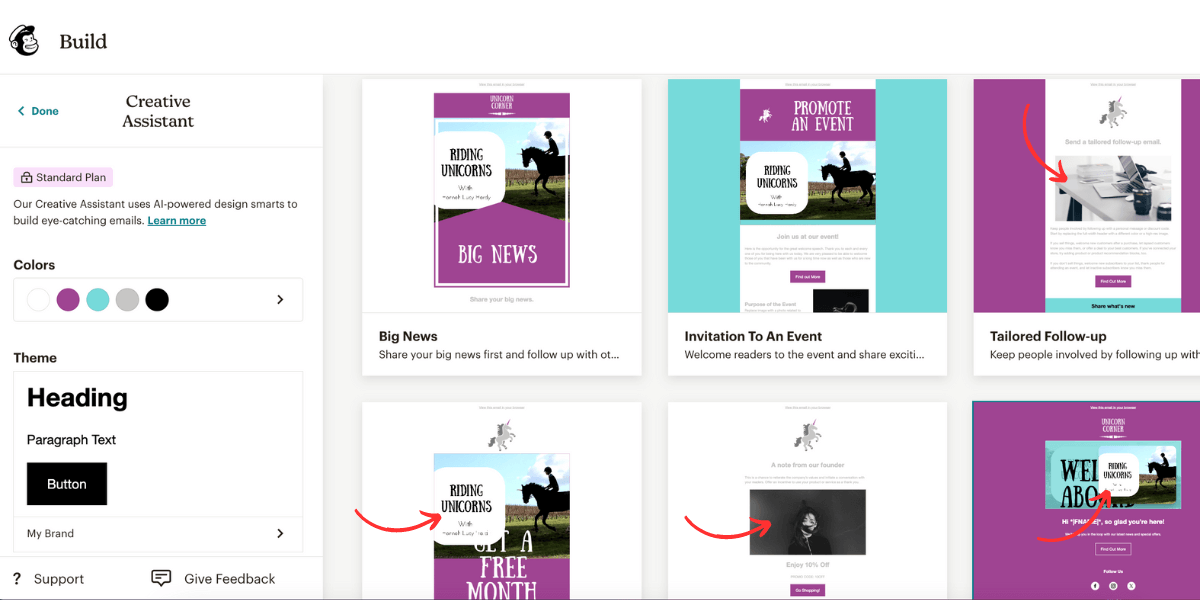
Mailchimp’s Creative Assistant could be improved. Overlapping images and forgotten placeholders require manual fixes.
Email Marketing Automation
Email marketing automation can range from basic abandoned cart reminders to complex flows involving multiple conditions or triggers. If your automation needs are basic, both Shopify Email and Mailchimp will suit your needs. However, for more complex automation capabilities, Mailchimp provides a smoother experience.
Unfortunately, Mailchimp’s pricing structure recently changed, and now all automation capabilities are locked behind paid plans. However, if you’re on the Standard Plan or higher, Mailchimp’s marketing automation offers good value for money.
For paid users, Mailchimp has 42 automation templates (called “Pre-built Journeys”) that are compatible with Shopify. Shopify Email offers 9 native automation templates, plus several more which require you to install an app.
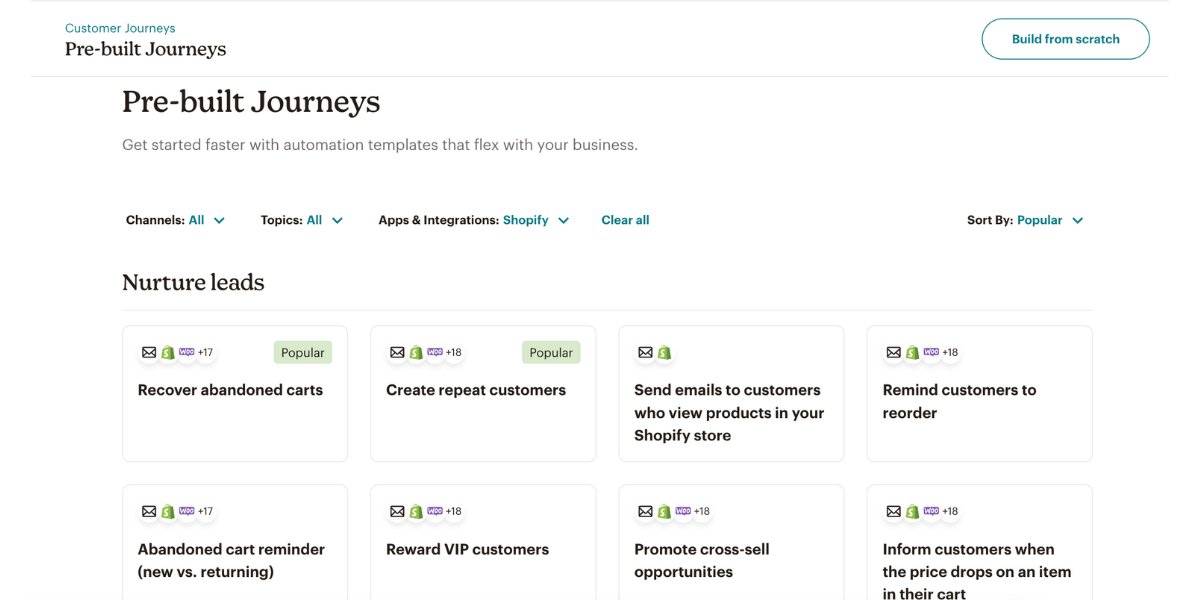
Mailchimp’s automated marketing templates.
Based on our research, the main difference between Shopify Email and Mailchimp is their approach to building a marketing automation from scratch.
Mailchimp’s automation builder is much easier to use, and Mailchimp guides you through it in plain English.
Shopify is far less intuitive. For example, Shopify’s list of conditions includes things like “OrderNumberFormatSuffix” and “LegacyResourceId.” With Mailchimp you won’t have to navigate weird compound words – their straightforward conditions include “VIP status” or “Average amount spent per order.”
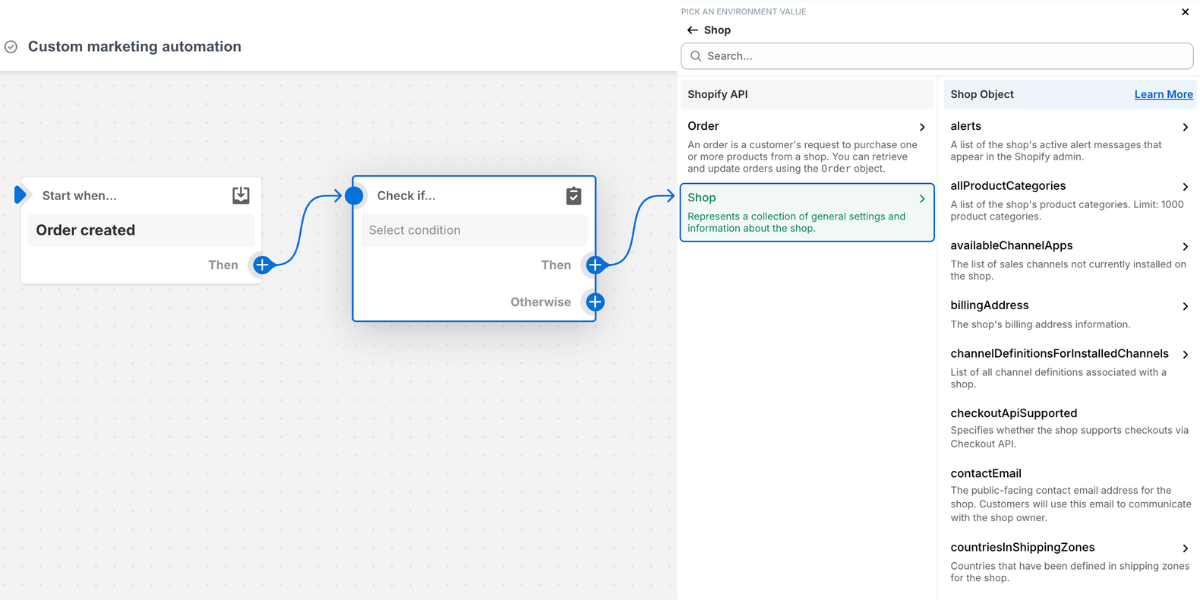
Building a marketing automation from scratch on Shopify.
Contact Management & Segmentation
Managing your contacts and segmenting your audience is key to creating targeted email campaigns.
Based on our testing, some of Mailchimp’s segmentation features could be improved, but it has its strengths as well.
Mailchimp's “Audiences” (contact lists) can become costly and complicated because Mailchimp double charges for the same subscriber appearing on multiple lists.
Also, Mailchimp’s segments aren't updated in real time. In order to update, you have to select them in the campaign builder or manually update them from the segments page. This process feels rather outdated in the age of automated everything.
Despite these drawbacks, there are a couple things we like. Mailchimp offers pre-built segments which are easy to customize. This is a great way to jump-start a targeted email campaign.
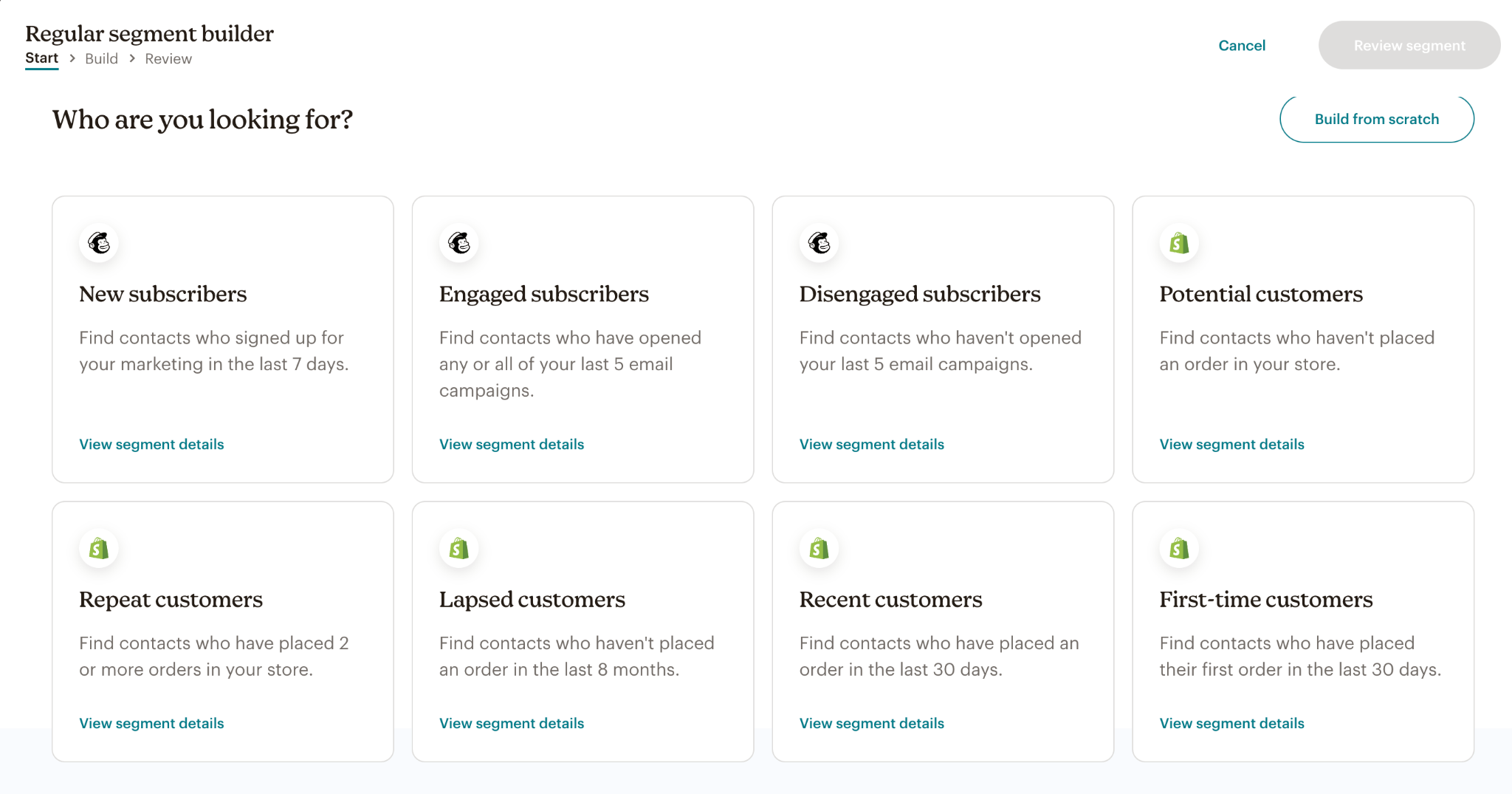
Mailchimp offers lots of pre-built segments.
Another advantage of Mailchimp is its ability to create segments based on up to 5 conditions, which helps you form very specific customer groups. For example, “customers who have spent over $100, live in the USA, frequently open emails, and have birthdays in March.” By creating a targeted segment like this, you can improve deliverability and keep your emails from going to spam. It can also help you stay within your sending limit without wasting sends on less interested subscribers.
You can create segments on Shopify Email, but the process is cumbersome. I would expect this feature to be integrated with Shopify Email, but it’s not. In fact, you won’t find any way to create segments within Shopify Email. Instead, you’ll need to navigate to the “Customers” section and create your segment from there.
The roundabout route continues when sending an email campaign to a specific segment. Rather than beginning in Shopify Email, you have to navigate through the segments index within the “Customers” section. After selecting your desired segment there, you’ll be prompted to compose a targeted email back in the Shopify Email section.
Although this counterintuitive navigation can slow down your workflow, the good news is that Shopify also offers many segmentation templates. There are some very useful segments pre-built here, including customers who haven’t ordered recently but used to do so frequently, or first-time customers who bought specific products.
Advanced Email Marketing Features
At some point, your ecommerce marketing strategy will likely grow beyond email marketing. You might need tools to send SMS campaigns, run social media ads, or create landing pages for specific promotions.
Both Shopify and Mailchimp offer these types of tools, but with very different approaches.
With Mailchimp, there are many advanced features built into the platform itself. Whereas with Shopify, these features may require a third-party app, custom coding, or a workaround.
For example, A/B testing is not currently available in Shopify Email. You could install an app, or manually create two campaigns and randomized segments. Mailchimp’s built-in A/B testing is much quicker and easier to set up.
Additional features included in Mailchimp’s Standard Plan (but not in Shopify Email) include:
- Predictive analytics
- Comparative benchmark reporting
- Push notifications
- SMS campaigns
- Social media marketing tools
If you need these advanced tools, the cost of Mailchimp might be worth it. In order to access many of these features, you would have to install paid apps on Shopify. The cost of apps can add up quickly!
Shopify Email vs. Mailchimp Pricing
| Contact List Size /
Send Volume |
Shopify Email | Mailchimp |
|---|---|---|
| 2,500 subscribers
30,000 sends |
$20/month | Standard Plan: $60/ month |
| 10,000 subscribers
120,000 sends |
$110/month | Standard Plan: $135/month |
| 50,000 subscribers
600,000 sends |
$485/month | Standard Plan: $450/month |
Shopify Email is included (free) with your Shopify subscription for up to 10,000 email sends per month. If you pass the 10,000 email send limit, you are charged $1 for 1,000 additional sends. Once you hit 300,000 sends, the charge is discounted to .65¢ per 1,000 sends. None of Shopify Email’s features are locked behind a paywall.
Mailchimp seriously limits what you can access on its free or Essentials Plan. These Mailchimp plans don’t include very basic email marketing features, like automations or dynamic content. Ecommerce store owners would likely need Mailchimp’s Standard Plan.
At first glance, Shopify Email seems like the cheaper option, and for many users it is. Around the 10,000 subscriber mark (approximately 120,000 sends/month) Mailchimp may become better value. Shopify Email users will likely have to find paid apps for additional features at this point.
Shopify Email or Mailchimp: Which should you choose?
Choosing between Shopify Email and Mailchimp for your ecommerce business depends on your list size, budget, and goals.
Shopify Email is great for users looking for minimal set-up and seamless brand integration at no extra cost. For small to medium-sized ecommerce businesses or those just getting started, Shopify Email is a straightforward, cost-effective choice.
Get started with Shopify Email by adding the app to your store, then create your first campaign from within your Shopify dashboard.
Mailchimp is best for if you need advanced features like detailed segmentation and customized automation, though it may come at a higher price. However, larger stores might find Mailchimp's advanced features worth the cost.
Find the best Mailchimp plan for your Shopify store, then sync your shop to start building email campaigns and automations.
If neither platform fully meets your needs, check out some alternatives below!
FAQ
If you’re not convinced by either platform, you’ve got options! We’ve reviewed 12 of the best email marketing platforms for ecommerce (including Omnisend and Klaviyo). We’ve also compared some Mailchimp alternatives and tested the best email marketing apps for Shopify.
Yes, you can switch (“migrate”) between Shopify Email and Mailchimp, or vice versa. Both platforms offer the flexibility to export and import subscriber lists, making it possible to transition from one service to the other.
Yes, you can use both Shopify Email and Mailchimp simultaneously for your ecommerce store, but it will require some extra work. To stay within your sending limits, consider having Shopify Email handle transactional emails directly from your store, such as order confirmations and shipping updates. Then, you could use Mailchimp for marketing campaigns and automation.
Be careful not to send duplicate content to the same subscribers from both platforms, and ensure that you remove unsubscribed contacts off both lists to comply with regulations. Analyzing campaign performance also becomes more complicated when data is spread across two systems.
Yes, Mailchimp does integrate with Shopify, allowing for automated data synchronization between your store and your Mailchimp account. This integration enables you to pull product information and create targeted email campaigns based on customer behavior and purchase history. Note that in the past, direct integration was unavailable and users had to rely on third-party apps to connect the two platforms. You may read older articles or reviews with outdated information on integrations.
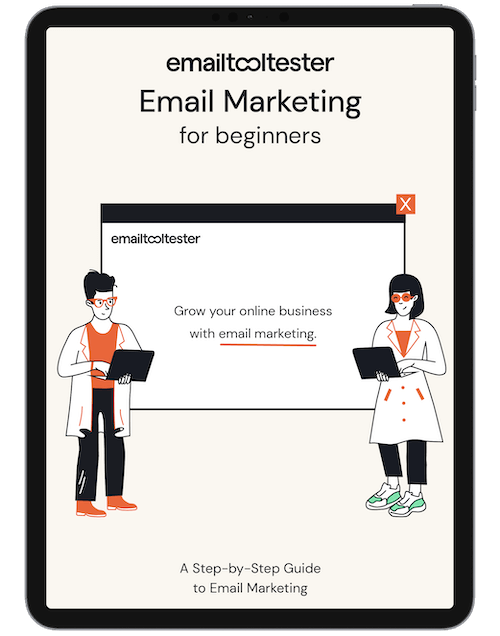
Email Marketing Ebook: Beginner's Guide
Sign up to receive your free copy and avoid common mistakes!
We keep our content up to date
Oct 28th 2024 - Video added
Our Methodology
This article has been written and researched following our EmailTooltester methodology.
Our Methodology